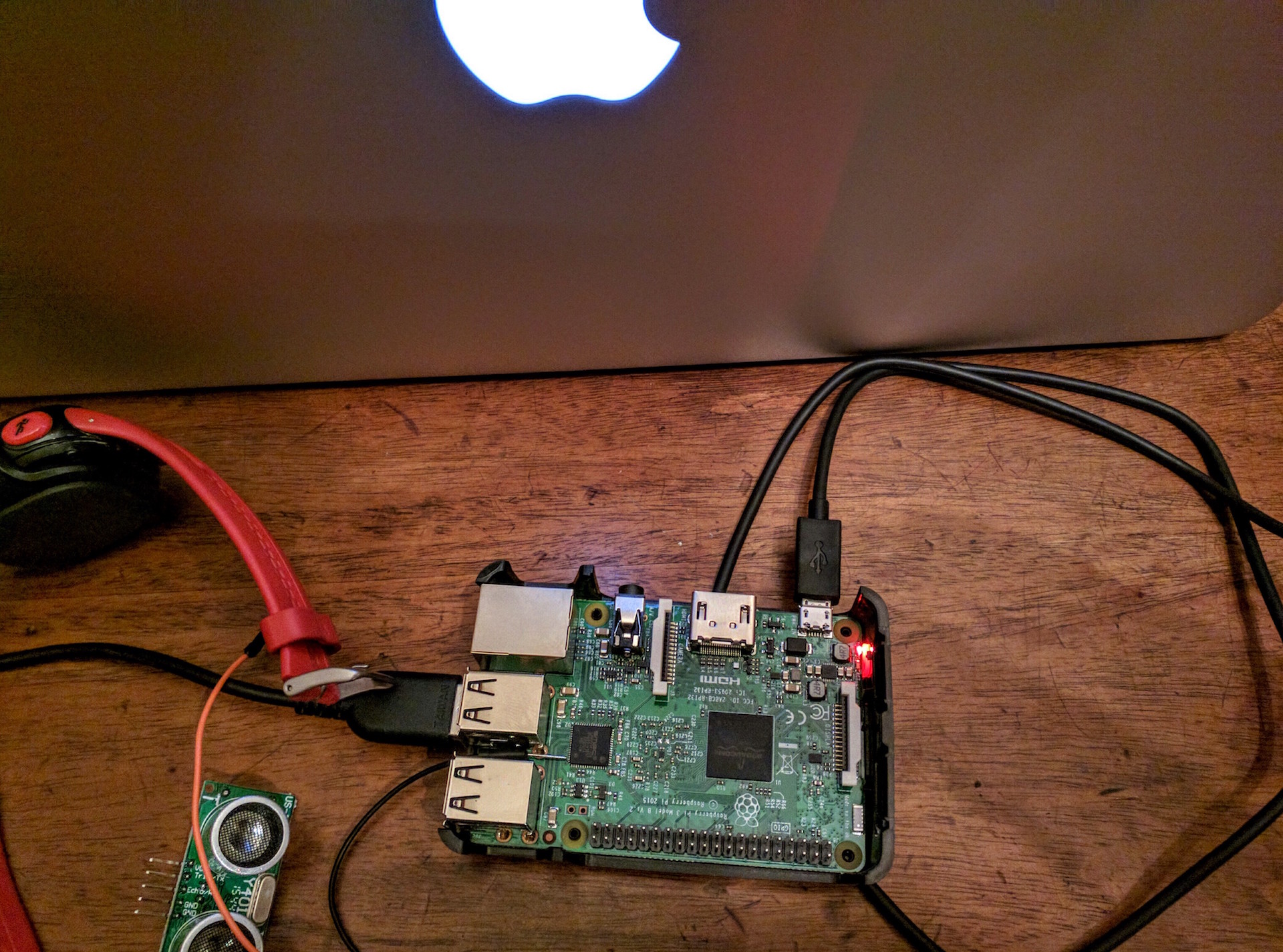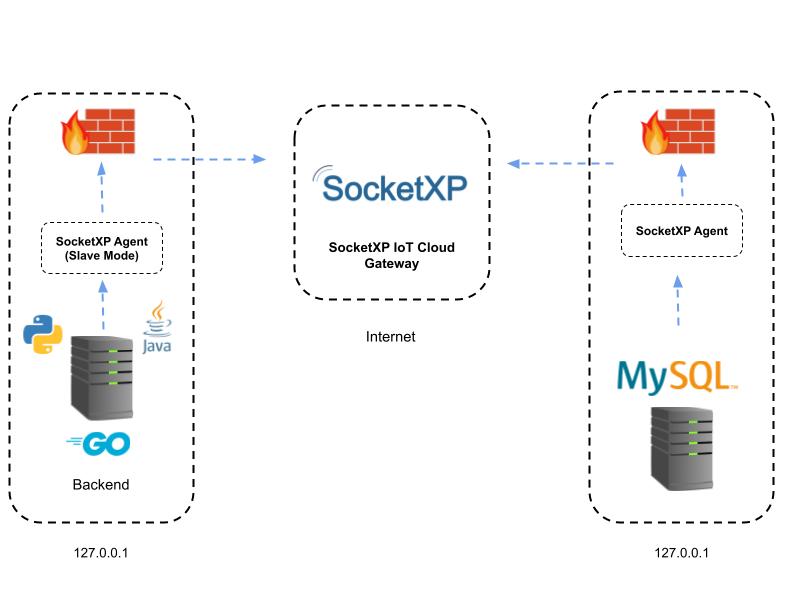All data is wrapped with encrypted ssh tunnel. Don't let local access limit your iot's capabilities. Ssh your iot device with the system user or ssh key based secure authentication and these standard client tools such as putty.
Remotely ssh to iot device
The remoteiot platform allows developers to connect to your iot devices as ssh client in a web browser.
The remoteiot web ssh client can access iot devices from anywhere via a standard web browser.
Follow the steps below to access your iot or raspberry pi device from a browser. Download and install the remoteiot agent on your iot device With these features, ssh remoteiot becomes a powerful tool for managing iot devices from anywhere in the world. Remoteiot refers to the management of iot devices from remote locations.
Ssh plays a crucial role in this context by enabling secure communication between iot devices and central management systems. However, managing these devices remotely can be challenging without the right tools. In conclusion, downloading and configuring ssh for your remoteiot platform is a vital step in ensuring secure and efficient remote access to your iot devices. By following the guidelines outlined in this article, you can confidently set up ssh and take advantage of its numerous benefits.

How does aws help with remote iot access?
Aws provides the infrastructure you need to set up a secure and scalable system for remote iot access. You can use ec2 instances to host your ssh server and manage your iot devices. Aws iot core allows you to connect, monitor, and manage your iot devices securely. We did not find results for:
Check spelling or type a new query. You shall find the device id of your iot device from the socketxp portal page in the iot devices section. The above command basically tells socketxp agent to act like a local proxy server. Accessing the iot device ssh from your laptop.

Now you can access your iot device’s ssh server using the above socketxp local endpoint, as shown below.
Boot a new device with the duplicated image, remoteiot will automatically register that device as a new device. Reduce mobile data usage to reduce mobile data usage on mobile devices, you may adjust the keep alive interval parameter which determines how often the device sends data packets to the server to maintain connectivity. As many iot deployments consist of hundreds of thousands to millions of devices, it is essential to track, monitor, and manage connected device fleets. You need to ensure your iot devices work properly and securely after they have been deployed.
You can use the destinationconfig parameter to specify the name of the destination device (for example, remotedevice1) and the service that you want to use to access the destination device, such as ssh. Optionally, you can also specify additional parameters such as tunnel description and tags. Services like remoteiot have made it possible for users to securely access their devices directly from a browser. What makes this especially useful is that people no longer need to be tech experts to remotely ssh raspberry pi or other devices.

Learn how to securely connect to your raspberry pi or iot device remotely over the internet without the need for port forwarding.
Explore methods such as ssh, vnc, and rdp, and discover how to use pinggy.io to create secure tunnels for seamless remote management. Enhance your iot device control and management from anywhere in the world. In these tutorials, you'll learn how to remotely access a device that's behind a firewall. You can't start a direct ssh session into the device because the firewall blocks all inbound traffic.
The tutorials show you how you can open a tunnel and then use that tunnel to start an ssh session to a remote device. Using firewalls is a common way to protect and secure access to iot devices. Yet, it’s challenging to access and manage devices deployed at remote sites, behind firewalls that block all inbound traffic. Troubleshooting devices can involve sending technicians onsite to connect to those devices.

This increases the complexity and the cost of device management.
Keep the iot device and ssh software up to date: Regularly update your iot device’s operating system (os) and ssh software to patch any known security vulnerabilities. This includes installing security updates and patches for the os and ssh software as they become available. No need to discover the iot device ip and change any firewall settings.
All data is wrapped with encrypted ssh tunnel. Ssh your iot device with the system user or ssh key based secure authentication and these standard client tools such as putty. Socketxp iot gateway easily supports more than 10k device per customer account. Socketxp supports secure ssh access using public/private keys from your own ssh clients such as putty.